It might look like a bunch of scaffolding has been attached to the side of a Formula 1 car, but aerodynamic rakes play a crucial role in helping teams understand their new machines.
The first time cars roll out of the pits they usually have a bunch of these hanging off their bulkheads or around the rear axle and diffuser, and are made out of special alloys such as titanium.
Drivers must be very careful when going out on track and not go at full speed, as the likelihood of them falling off is quite high.
What are they for?
Aero rakes are used to measure the air pressure over the car at any point, with multiple Kiel probes attached to a metal fence.
These measure airflow at almost every angle of attack, so are much more reliable compared to pitot tubes which sit at the front of the cockpit bulkhead.
Due to the limited about of testing that teams are allowed, designers rely on simulations to know if they are heading in the right design direction.
All of the teams will run something like this to ensure there is correlation between the wind tunnel simulations and on-track running.
The accuracy of the aero rakes is around 10 microns, or 0.01mm.
Why use aero rakes?
The Kiel probes register the flow of air over each data point, feeding the information back to teams live on the pit wall.
The main reason teams use this method is because of the high speed changes of direction, with cars facing up to 5g through some corners before they switch to the next in succession.
The data can be used to create a map of airflow virtually travelling over the car while it is moving.
Don't miss out on any of the Formula 1 action thanks to this handy 2026 F1 calendar that can be easily loaded into your smartphone or PC.
Download the calenderMost read
In this article
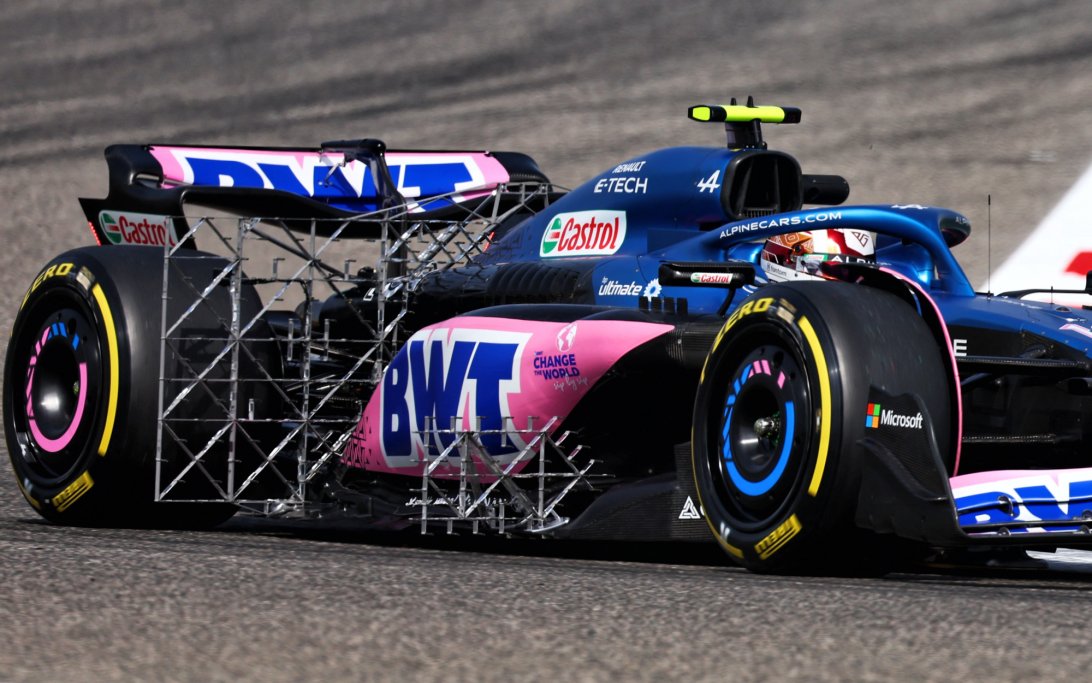

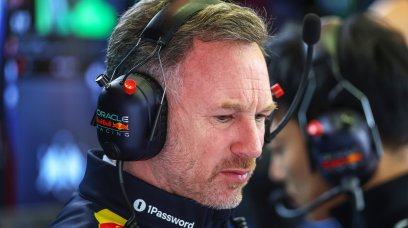
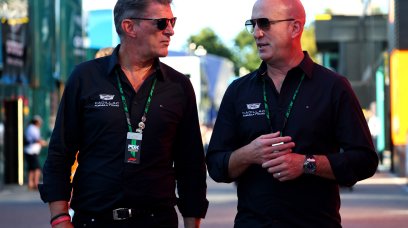
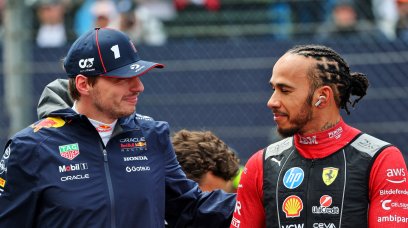
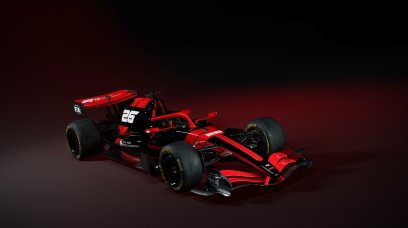
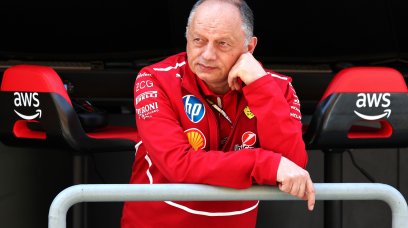
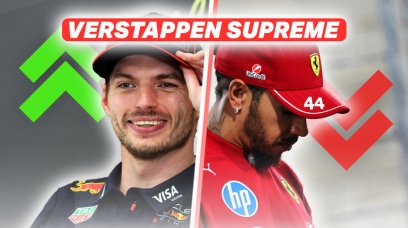
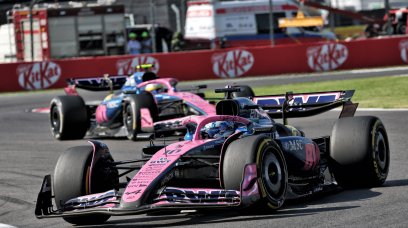
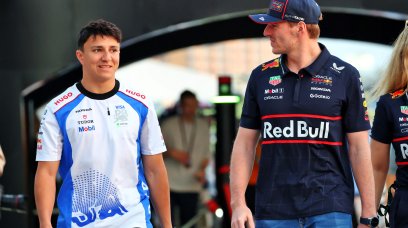
Join the conversation!